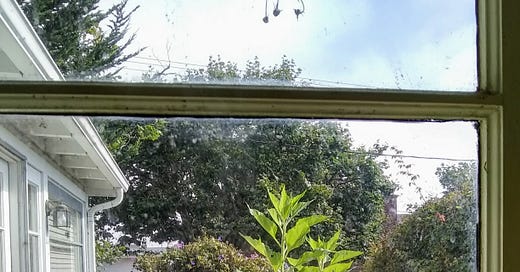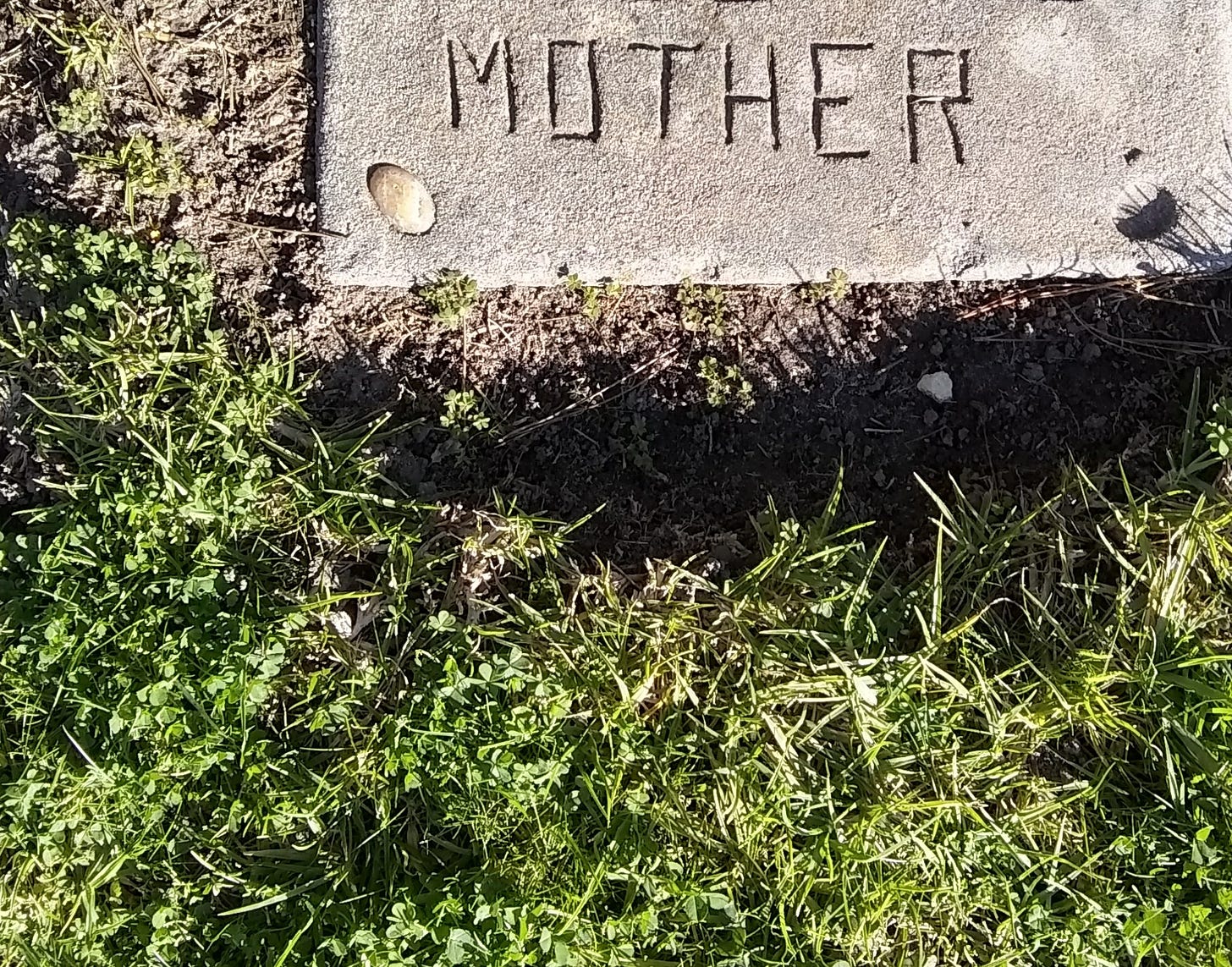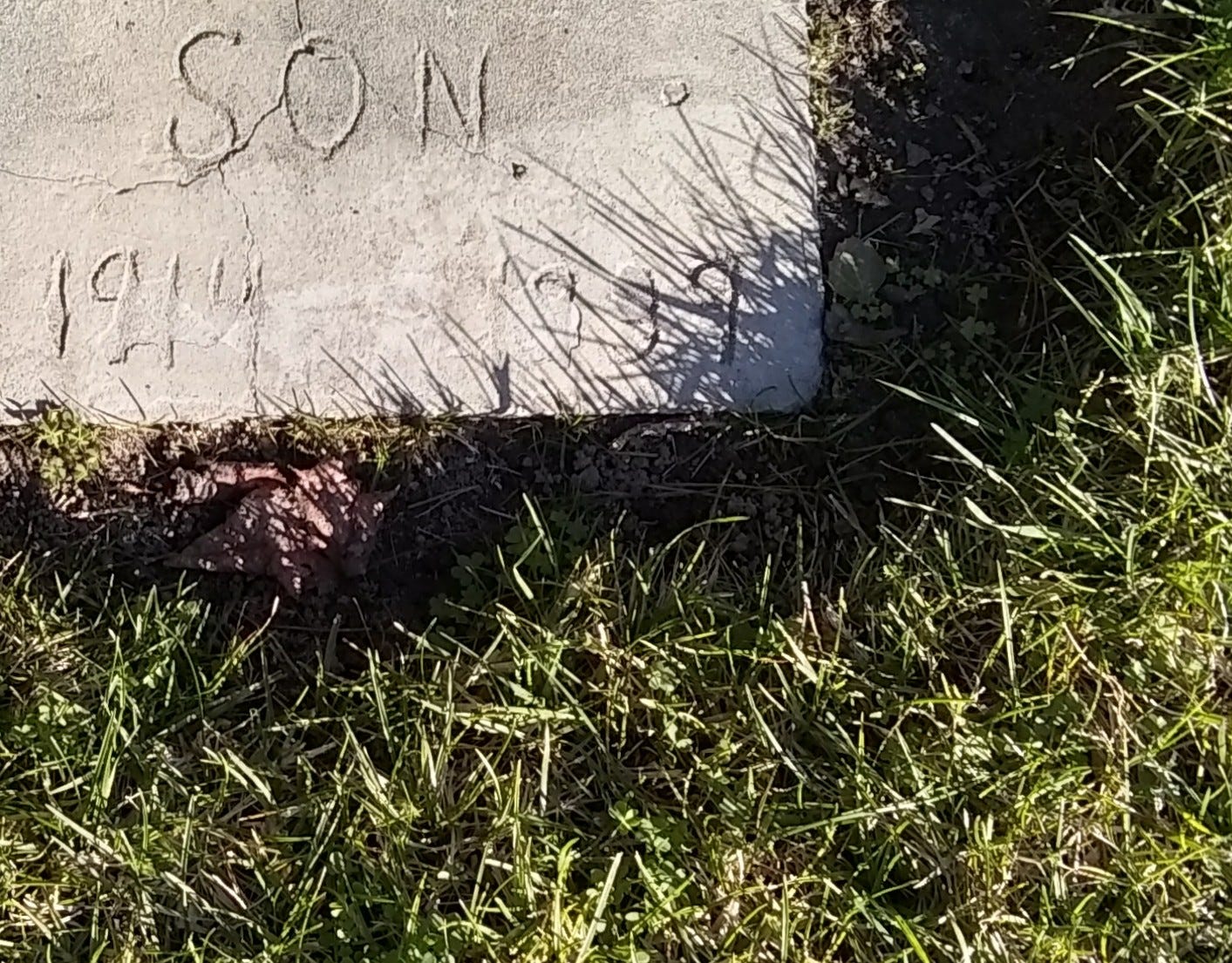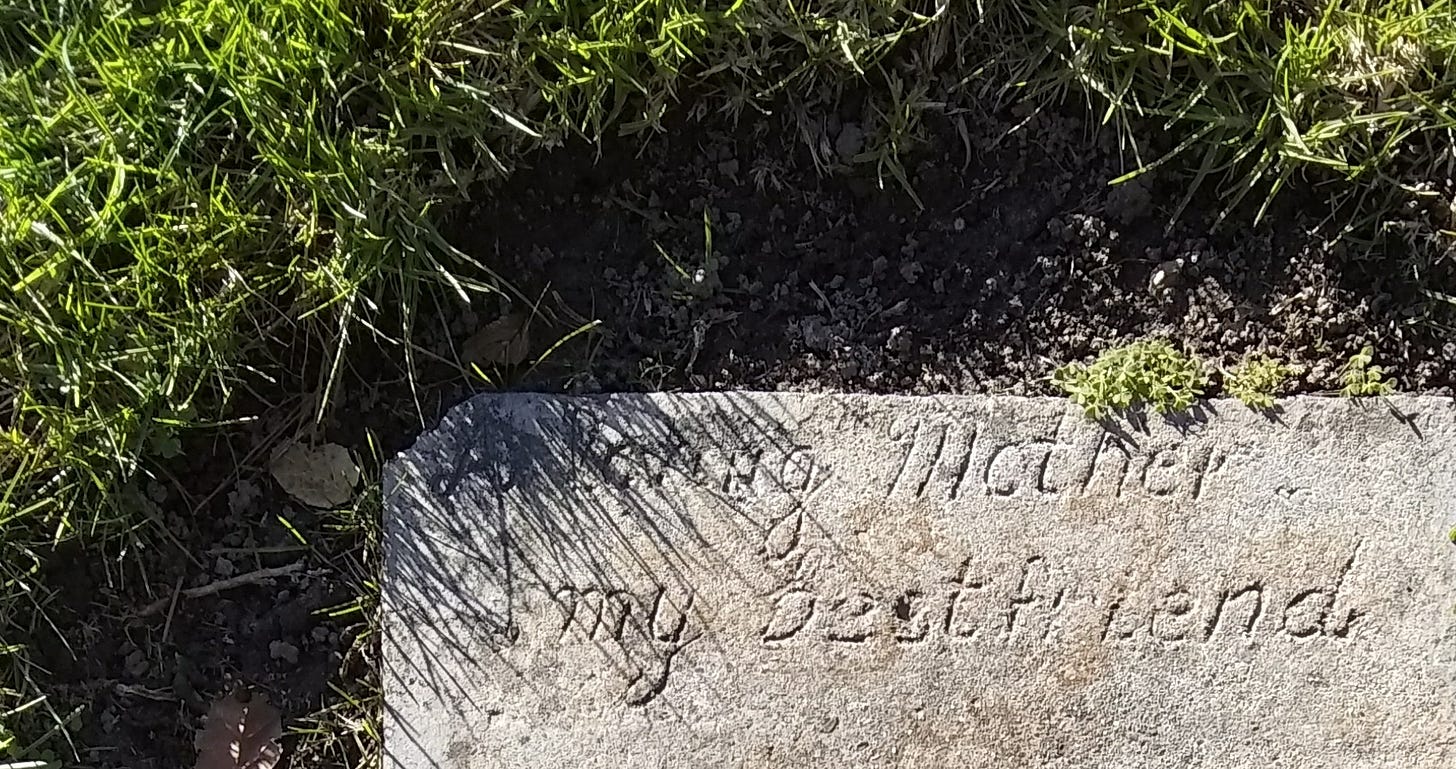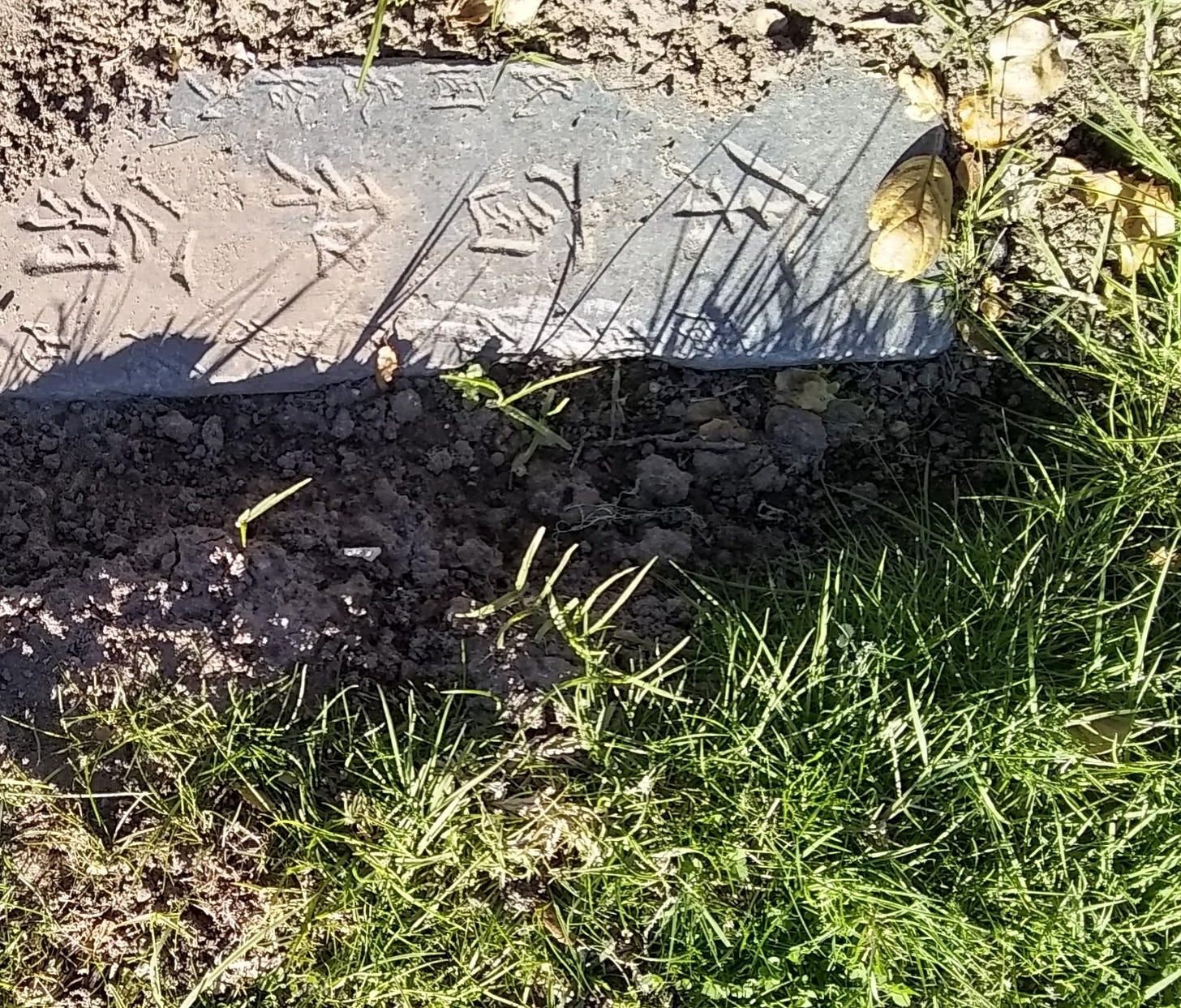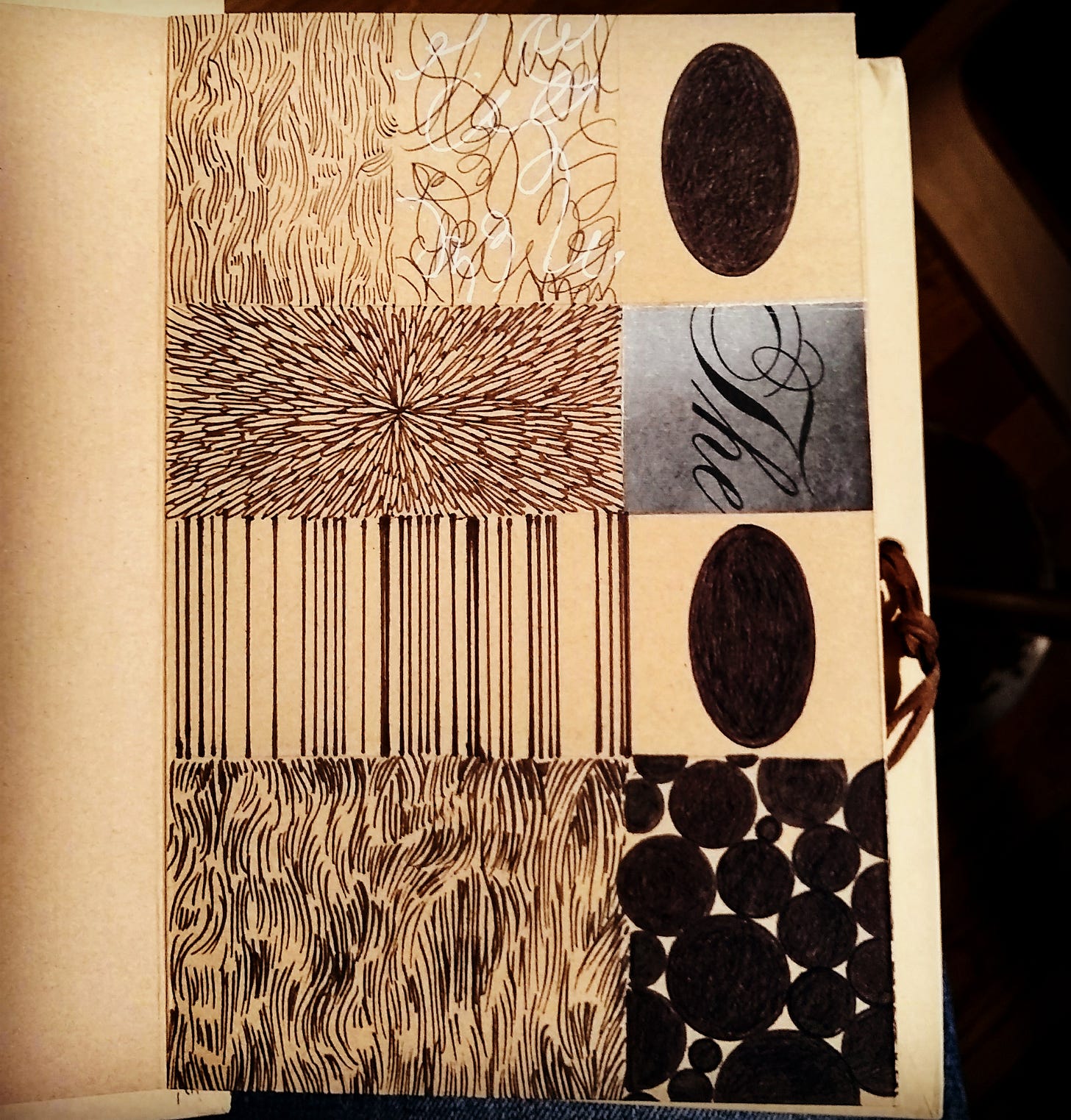These days, I seem to have more regular editing clients, and very interesting material to read and edit. And this morning, at 8 a.m., I spoke on Zoom to a group of grad students at Indiana University about my role as both a copyeditor and developmental editor. Talking about this aspect of my work life to students was a new experience for me. Well, a lot about this year, and last, have been “new,” if you know what I mean.
Yet, with lockdown still happening, I do my work in the same place in my little house, day after day. Much of my time is spent at my computer, sipping green tea or black tea, and occasionally looking out at the small garden patio out front.
Jays, finches, and other small birds come to visit the improvised bird bath we set out for them; they really seem to enjoy bathing and drinking the water; some of them actually announce the fact that they’re bathing to other birds; they start calling out loudly, the minute they get in the water!
Recently, we heard that, in California, small birds, especially finches, have been dying by the thousands from salmonella contracted from bird feeders and bird baths. Sadly, we have overturned the bird bath until the news changes for the better.
So, that wasn’t the most uplifting note to begin this newsletter with. But, as they say, it is what it is. I do get out for walks and hikes, and the occasional coffee and pastry pick-up (masked-up and social-distanced, since we are still in lockdown—although things are starting to look hopeful).
Like many people, I like to photograph things on my walks and then post them to Instagram (I’m @jeanvengua) or elsewhere. Frankly, I live in a beautiful area. So I thought I would start posting a couple photos (or even video) every Friday, not just to share some beauty (or occasional irony), but also to encourage myself—and you—to take more breaks and get out and move more. A really good model for this sort of thing is Craig Mod’s Huh. And check out his essay in Roden: “Look Closely, and then Closer Still.”
What do you see here?
I’m probably being romantic, but to me, this structure looks like the wall of an “ancient” ruin. Actually it’s a more modern ruin—of a cannery building on Cannery Row (yes, the one John Steinbeck wrote about). Doc Rickett’s lab is just half a block or so away. Look closely, and you’ll see a seagull, nesting on a ledge in shadow; you’ll see the metal rungs of something like a ladder, although perhaps it was made for another purpose. And in the middle of the wall there’s a dark rectangular patch—a door you’ll never open. Off screen, to the left, there are fancy hotels. But this corner seems to be forgotten, quietly breathing with the pulse of the sea.
Sometimes we walk in a local graveyard. This one has a mix of fancy headstones and some that seem to have been handmade. I’m especially touched by these humble stones, carved by hand:
Recently I decided to carry over my rule-and-word based procedure* for art temporarily into book form—that is, into a 16-page accordion-fold book. The first page (below) is the “preface” and the art is based on the word “extracted” in my book of experimental poetry, Corporeal (Black Radish Books, 2018). Subsequent pages will be determined by the first word in a (randomly chosen) poem title that is a noun, adjective, adverb, or verb. I love the idea that every page will be a surprise.
* For details, see “Rules Will Set You Free.”
That process for “Extracted,” mentioned above—there’s something “ritualistic” about it, no? Opening the dictionary (or other book), randomly picking a word, then going through the process of counting letters and looking up the procedure they determine. And then doing it all over again, yet never knowing, initially, what lines and shapes will appear on the page. Procedures, rituals, routines, constraints. They may differ in their action and form, but they all, somehow, are meant to create a space that allows “something” to emerge. This is why I’m interested in Mason Currey’s newsletter, Subtle Maneuvers. He describes it as “A weekly newsletter on routines, rituals, and wriggling through a creative life.” Curry is the author of the Daily Rituals books. See also his article, “The Routines That Keep Us Sane.”
In 2020, my art changed in the following ways: I switched from painting to almost exclusively drawing with graphite, followed a few months later by pen—mostly Precise V10RT and V7 Rolling Ball pens. And I went from painting on wood or canvas, to drawing on heavy mixed-media paper. A lot of small pieces, with the largest being 18 x 18 inches. In “This Year Has Deranged My Senses,” twelve artists tell us how their art has changed (in artnet.com news).
That’s all for this week, my friends. Thanks for checking in.
If you enjoy this newsletter, please subscribe—it’s FREE!

